Puppy Love: Navigating The First Few Weeks With Your New Dog
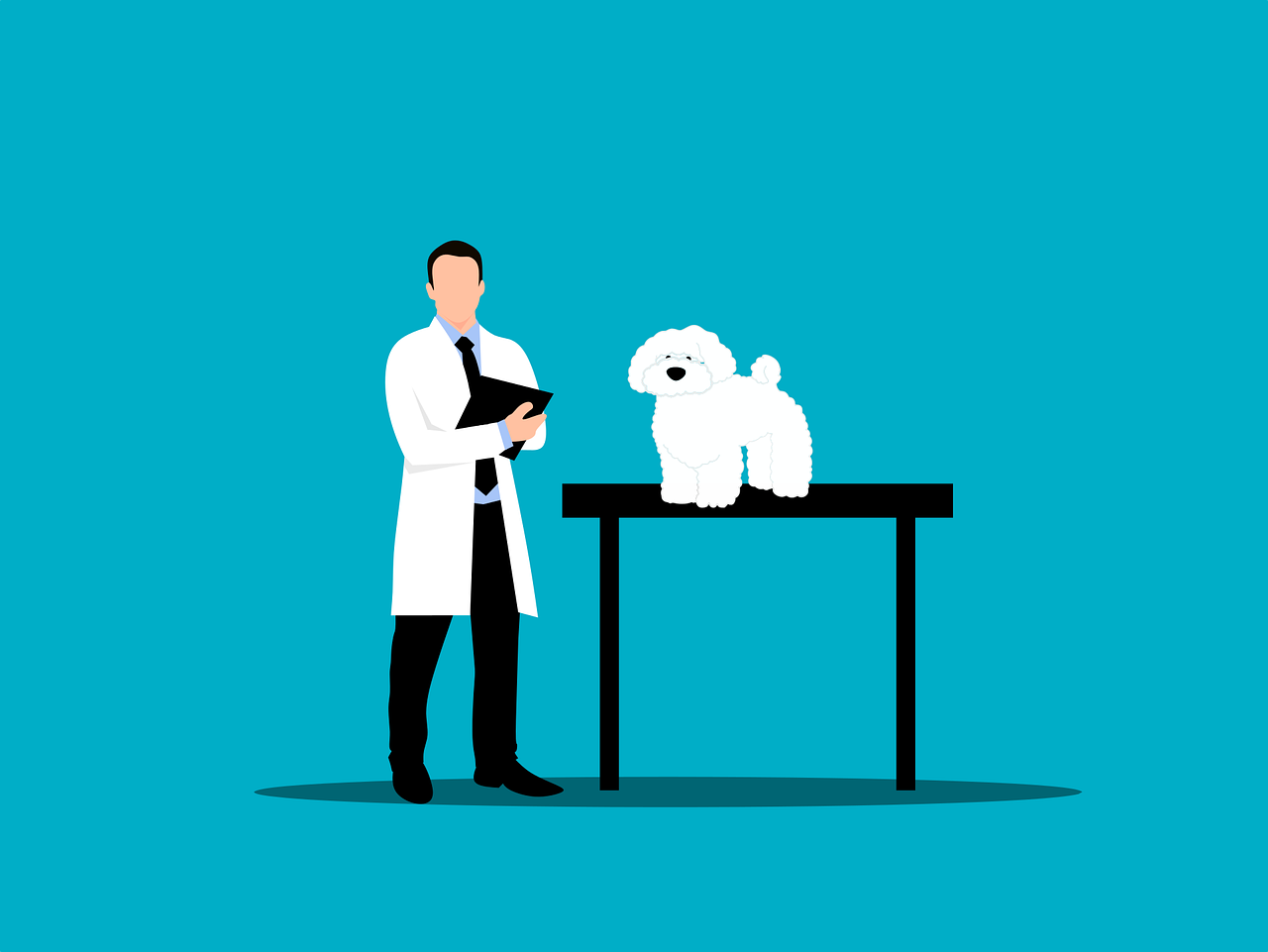
Congratulations on bringing home a new furry bundle of joy! In this article, we will guide you through the exciting and sometimes challenging first few weeks with your new dog. From potty training to socialization, we’ll provide tips and advice to help you establish a strong bond and set your new pup up for a lifetime of happiness. So grab a cup of tea, cozy up with your pup, and let’s embark on this journey together!
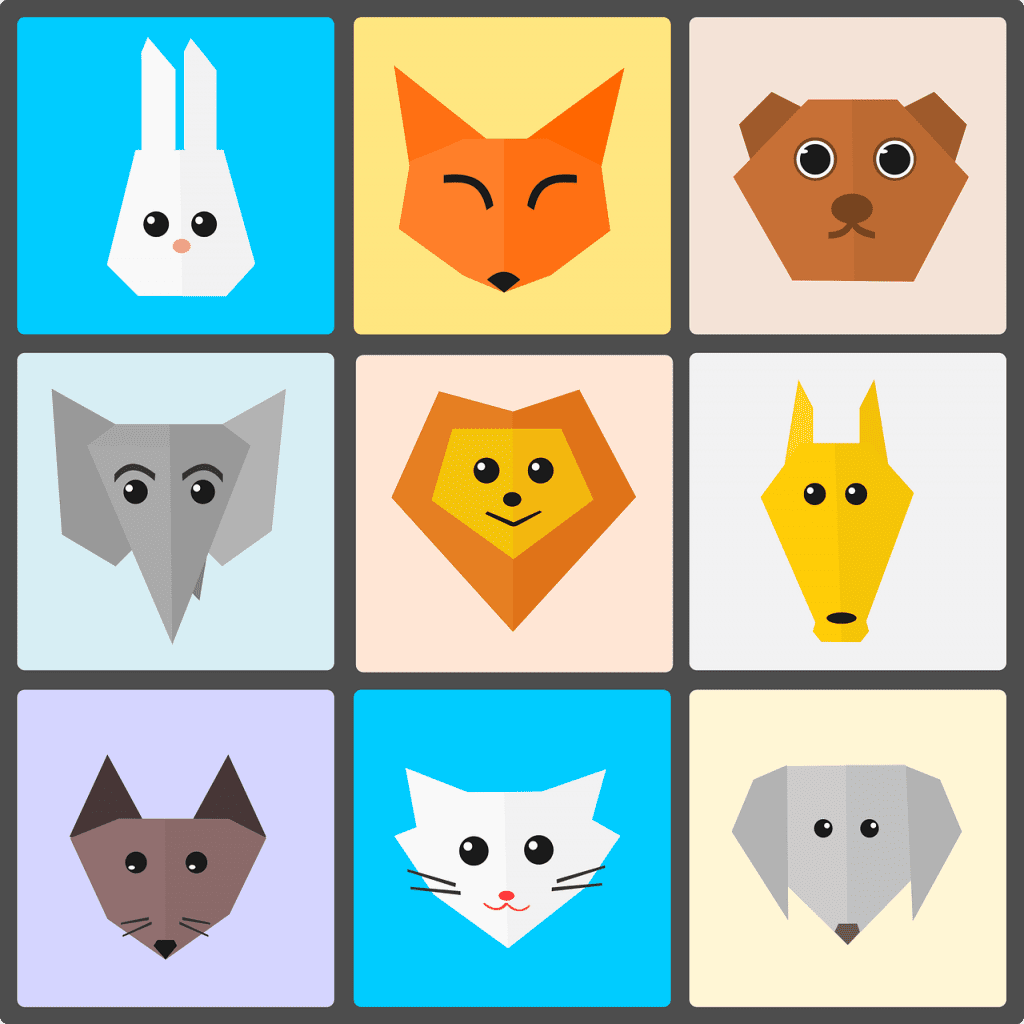
Settling in Your New Dog
Bringing a new dog into your home is an exciting and joyous occasion. However, it’s important to remember that your new furry friend may feel anxious and overwhelmed during the first few weeks of adjustment. To ensure a smooth transition, it’s crucial to take certain steps to help your new dog settle in comfortably and feel like a part of the family. In this article, we will guide you through the process of preparing your home, establishing a routine, and introducing your new dog to family members.
Preparing your home
Before bringing your new dog home, it’s important to create a safe and welcoming environment for them. Take some time to puppy-proof your home by removing any potentially dangerous objects or substances that your dog could get into. This includes securing loose cords, putting away toxic plants, and storing cleaning products out of reach. Additionally, make sure your home is equipped with all the essential supplies your dog will need, such as food and water bowls, a comfortable bed, toys, and a leash. By preparing your home in advance, you set the stage for a stress-free arrival for your new dog.
Establishing a routine
Dogs thrive on routine and structure. Establishing a daily routine for your new dog from the beginning will not only help them feel secure but also make training and transitioning much easier. Set specific times for feeding, exercise, playtime, and rest. Dogs are creatures of habit, so consistency is key. As you create a routine, remember to take into consideration your dog’s age, breed, and energy level. A well-established routine will provide your new dog with a sense of stability and predictability, leading to a happy and well-adjusted pup.
Introducing your dog to family members
Introducing your new dog to family members should be done gradually and in a controlled manner. Start by letting your dog explore their new surroundings and get comfortable in their new home before introducing them to other family members. When the time comes, gather the family in a calm and quiet area, and allow your dog to approach each family member one at a time. Make sure everyone approaches your new dog in a gentle and non-threatening manner, avoiding sudden movements or loud noises. By introducing your new dog to family members in a positive and controlled manner, you will help them feel safe and secure in their new family dynamic.
Feeding and Nutrition
Providing your new dog with proper nutrition is essential for their overall health and well-being. The right food, feeding schedule, and portion control are crucial factors to consider when it comes to your dog’s diet.
Choosing the right food
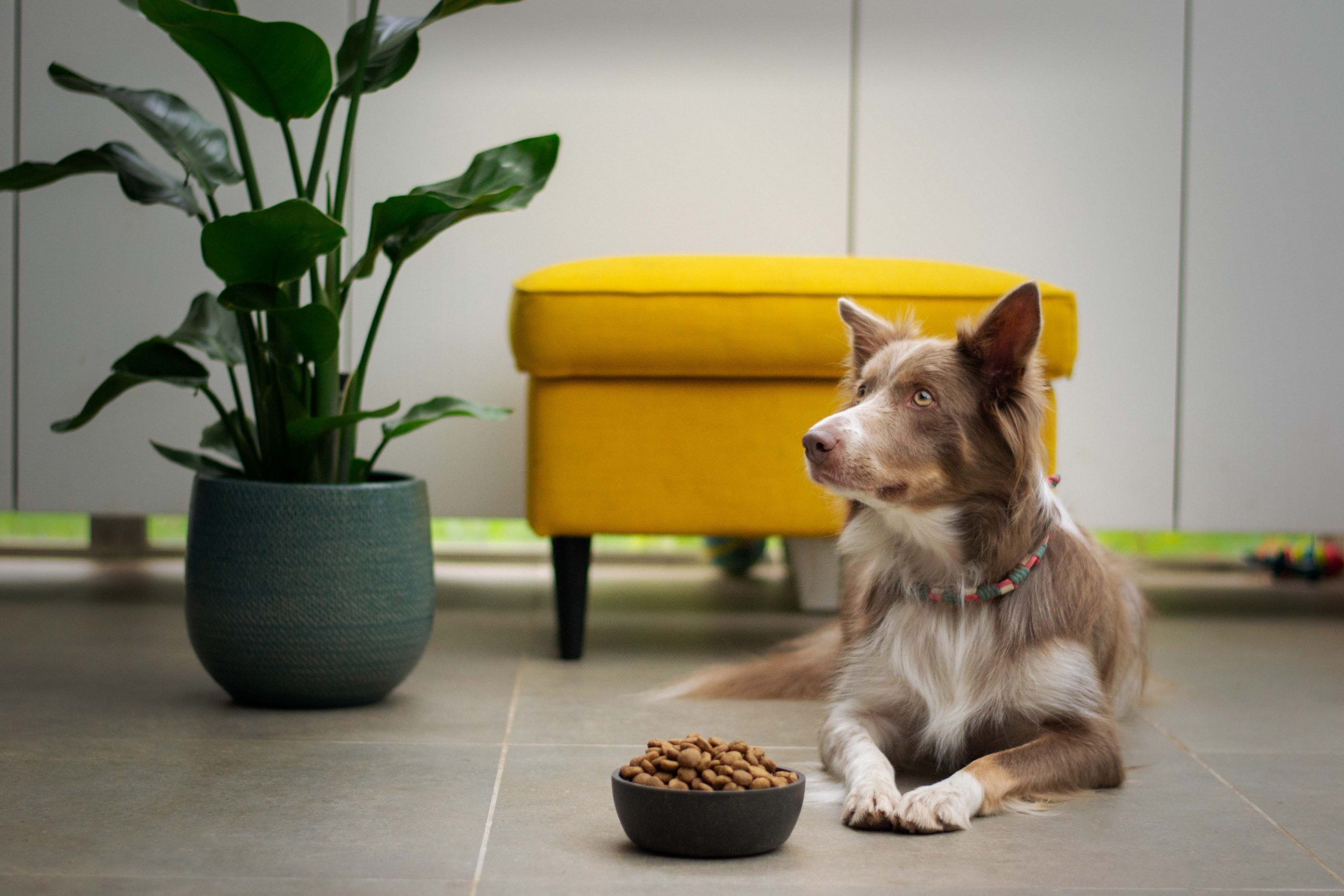
When it comes to choosing the right food for your dog, it’s important to consider their age, size, breed, and any specific dietary needs they may have. Consult with your veterinarian to determine the best type of food (dry, wet, or a combination) and the appropriate brand for your dog. Look for high-quality dog food that contains essential nutrients and meets the nutritional standards set by reputable organizations. Avoid foods with excessive fillers or artificial ingredients. Remember, a well-balanced diet is the foundation of your dog’s overall health.
Feeding schedule
Establishing a consistent feeding schedule is crucial for maintaining your dog’s health and optimizing their digestion. Puppies typically require more frequent meals compared to adult dogs. Start by feeding your new puppy three to four times a day, gradually transitioning to a twice-a-day feeding schedule as they grow. Adult dogs generally thrive on two meals a day, evenly spaced in the morning and evening. Remember to adjust portion sizes according to your dog’s age, size, activity level, and any weight management goals. Consistency is key when it comes to feeding your dog.
Portion control
Maintaining proper portion control is vital to prevent overfeeding or underfeeding your dog. Follow the recommended guidelines provided by the food manufacturer and consult with your veterinarian to determine the ideal portion size for your dog’s specific needs. Avoid free-feeding or leaving food out all day, as this can lead to weight gain and unhealthy eating habits. Measure your dog’s food using a standard measuring cup to ensure accurate portion sizes. Regularly monitor your dog’s weight and body condition and adjust portion sizes accordingly. Portion control is essential for preventing obesity and maintaining your dog’s overall health.
House Training
House training is a fundamental aspect of welcoming a new dog into your home. Patience, consistency, and positive reinforcement are key elements in successfully house training your dog.
Establishing a toilet area
Before bringing your new dog home, it’s essential to designate a specific area in your yard for them to use as their toilet spot. Take your dog to this area regularly, especially after meals and naps, and patiently wait for them to eliminate. Use consistent verbal cues or commands, such as “go potty” or “do your business,” to help your dog associate these words with the act of elimination. Be patient and reward your dog with praise or a treat when they do their business in the designated area. With time and consistency, your dog will learn where they are expected to relieve themselves.
Crate training
Crate training can be a valuable tool in house training your new dog. Dogs are naturally den animals and feel safe and secure in enclosed spaces. Introduce your dog to their crate gradually, making it a positive and comfortable space by adding bedding and toys. Encourage your dog to enter the crate by placing treats or their food bowl inside. Once your dog is comfortable entering the crate, gradually extend the amount of time they spend inside, starting with short periods and gradually increasing. Use the crate as a tool for house training by ensuring your dog has regular, supervised trips outside to eliminate, and restricting access to other areas of the house until they are fully house trained.
Reward-based training
Positive reinforcement is the most effective and humane way to train your dog. Whenever your dog eliminates in the appropriate toilet area or displays good behavior, reward them immediately with praise, treats, or a combination of both. Positive reinforcement helps your dog associate desired behaviors with rewards, making them more likely to repeat those behaviors in the future. Never punish or scold your dog for accidents or mistakes, as this can lead to fear and anxiety, hindering the house training process. Instead, focus on emphasizing and rewarding the behaviors you want to encourage. Consistency and patience are key when it comes to house training your new dog.
Socialization
One of the most important aspects of raising a well-rounded and confident dog is socialization. Properly socializing your new dog involves introducing them to a variety of people, other dogs, and different environments. Socialization plays a crucial role in preventing behavioral issues and ensuring your dog can navigate the world with confidence.
Meeting new people
It’s crucial to expose your dog to a wide range of individuals, including people of different ages, genders, ethnicities, and appearances. Begin by introducing your dog to immediate family members and close friends who can provide a calm and positive experience. Gradually expand their social circle by allowing them to interact with unfamiliar people in controlled environments, ensuring the interactions are positive and reward-based. Encourage friends and family members to offer treats and praise to create positive associations. Regular exposure to new people from an early age will help your dog develop confidence and become comfortable in various social situations.
Interacting with other dogs
Introducing your new dog to other dogs is an important part of their socialization journey. Start by arranging controlled playdates with well-socialized and vaccinated dogs in a neutral and supervised environment. Observe the body language of both dogs, ensuring that they are relaxed and comfortable with each other. Allow them to interact gradually, and intervene if any signs of aggression or discomfort arise. Reward positive interactions with treats and praise, and never force your dog into a situation where they feel uncomfortable. Remember, not all dogs will get along, so it’s important to prioritize your dog’s safety and well-being during every interaction.
Exposing to different environments
Exposing your new dog to different environments is essential for broadening their experiences and teaching them how to adapt to new situations. Start with low-stress environments, such as quiet streets or parks, and gradually expose them to busier areas with more people and noises. Allow your dog to explore and sniff their surroundings while providing reassurance and positive reinforcement. Gradually introduce them to different surfaces, such as grass, gravel, and pavement, to help them build confidence. Exposing your dog to different environments from an early age will help them become resilient and adaptable, making everyday situations much easier for both of you.
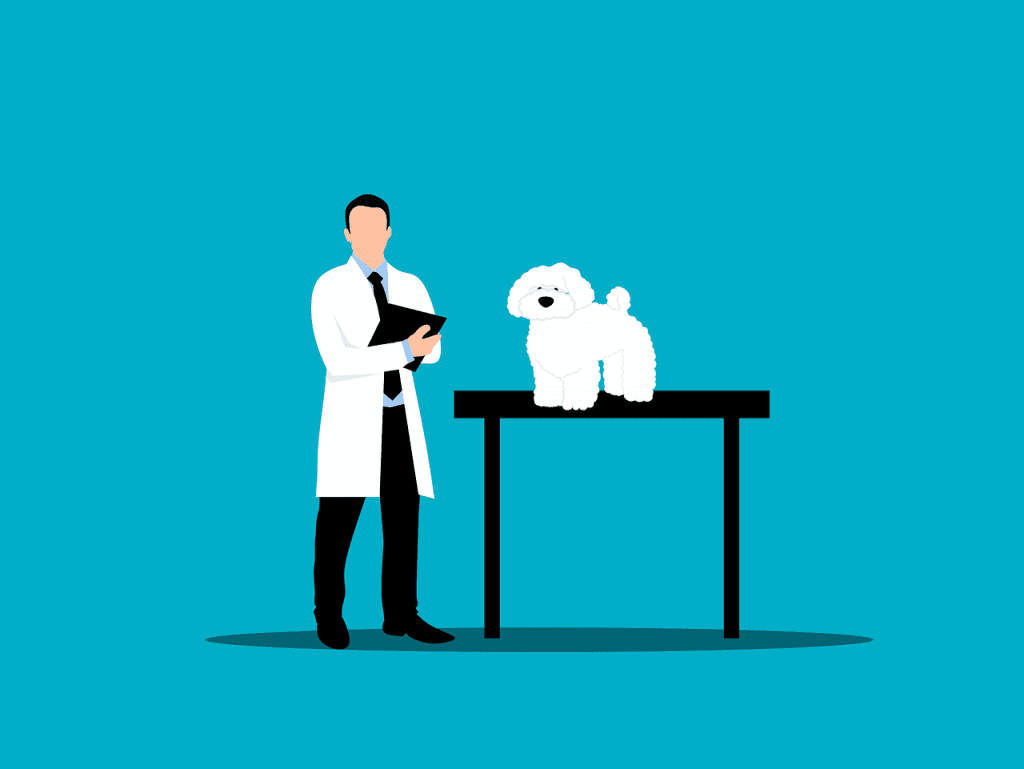
Healthcare and Vaccinations
Ensuring the health and well-being of your new dog is a top priority. Finding a veterinarian, following a vaccination schedule, and prioritizing regular health checks and preventive care are essential for a long and healthy life for your furry companion.
Finding a veterinarian
At the top of your to-do list after welcoming a new dog into your home should be finding a reputable and trustworthy veterinarian. Ask for recommendations from friends, family, or reputable online sources, and schedule an initial consultation to meet the veterinarian and the staff. During your visit, discuss your dog’s medical history, vaccination needs, and any concerns you may have. It’s important to find a veterinarian who not only provides excellent medical care but also makes you and your dog feel comfortable and well-cared for. Regular vet visits are crucial for preventive care, vaccinations, and any necessary medical interventions that may arise.
Vaccination schedule
Vaccinations are a critical part of your dog’s health care routine, protecting them from various common and potentially life-threatening diseases. Consult with your veterinarian to establish a vaccination schedule tailored to your dog’s age, lifestyle, and potential exposure risks. Vaccinations typically include core vaccines, such as rabies, distemper, adenovirus, and parvovirus, as well as optional vaccines depending on your geographical location and your dog’s activities. Stay diligent about keeping up with your dog’s vaccination schedule to ensure their optimal health and protection against preventable diseases.
Health checks and preventive care
Regular health checks and preventive care are essential for maintaining your dog’s overall well-being. Schedule annual wellness exams with your veterinarian to assess your dog’s overall health, monitor their weight, and address any concerns you may have. Regular health checks allow for early detection of potential health issues and prompt intervention if necessary. Additionally, discuss preventive care measures with your veterinarian, such as flea and tick prevention, heartworm prevention, and dental care. Establishing a solid healthcare routine is crucial for keeping your dog healthy and happy throughout their life.
Basic Obedience Training
Teaching your new dog basic obedience commands is not only essential for their safety but also for building a strong and positive relationship with them. Implementing reward-based training techniques, consistent training sessions, and focusing on key commands will set the foundation for a well-behaved and obedient dog.
Teaching sit, stay, and come
Start with the basic commands of sit, stay, and come. Begin by holding a treat in your hand, and slowly move it above your dog’s head, guiding them into a sitting position. As soon as they sit, praise them and offer the treat. Repeat this process, gradually introducing the verbal cue “sit” as you guide them into the position. For the command stay, start by asking your dog to sit, then take a step back while maintaining eye contact. If they stay in position, reward them with praise and a treat. Gradually increase the distance and duration of the stay. To teach the command come, start in a controlled indoor environment. Get down to your dog’s level and enthusiastically call their name followed by the command “come.” When they approach you, reward them with praise and a treat. Consistency and positive reinforcement are key to successfully teaching these basic commands.
Reward-based training techniques
Positive reinforcement is a highly effective and humane training technique that focuses on rewarding desired behaviors rather than punishing unwanted behaviors. This technique builds trust and strengthens the bond between you and your dog. Whenever your dog performs a desired behavior, such as following a command or displaying good manners, immediately reward them with praise, treats, or a combination of both. This positive feedback motivates your dog to repeat these behaviors in the future. Remember to use a cheerful and enthusiastic tone of voice when providing praise, as this helps reinforce positive associations with the desired behavior. Avoid using punishment or force, as this can lead to fear and anxiety, hindering the training process.
Training sessions and consistency
Consistency is crucial when training your new dog. Establish regular training sessions, keeping them short and engaging to maintain your dog’s focus and attention. Aim for multiple short sessions throughout the day rather than one long session. Dogs have short attention spans, so breaking up the training into smaller chunks will be more effective. Be patient and understanding, as learning takes time. Consistency extends beyond training sessions; it also applies to everyday interactions with your dog. Reinforce the training by consistently using the same verbal cues, hand signals, and positive reinforcement techniques throughout your daily interactions. By maintaining consistency in your training approach, you will help your dog understand what is expected of them and build a strong foundation for good behavior.
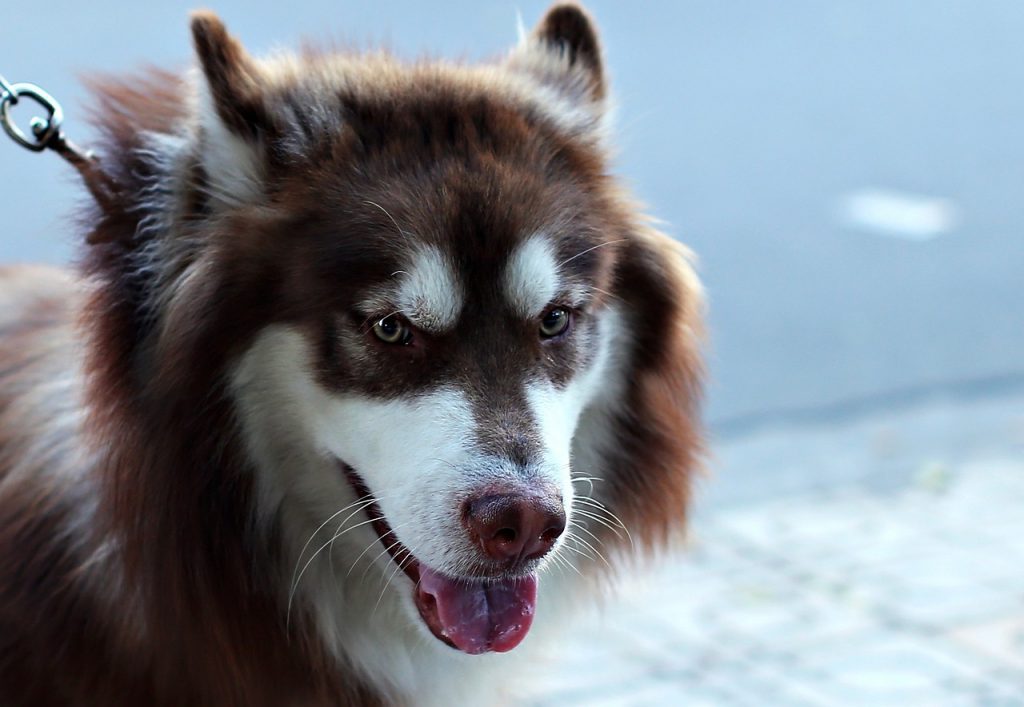
Exercising and Playtime
Regular exercise and playtime are crucial for your dog’s physical and mental well-being. By engaging in suitable exercise routines, providing mental stimulation, and selecting appropriate toys, you can ensure your dog leads a healthy and enriched life.
Suitable exercise routines
The exercise needs of dogs vary depending on their age, breed, and energy level. Research your specific breed to determine their exercise requirements, and discuss appropriate exercise routines with your veterinarian. Activities such as walking, running, playing fetch, or interactive play sessions can help keep your dog physically fit and mentally stimulated. Aim for at least 30 minutes to an hour of exercise per day, or more for high-energy breeds. Keep in mind that puppies have more delicate developing bones and joints, so their exercise routines should be tailored accordingly to prevent injuries. Regular exercise will not only keep your dog fit but also help prevent behavior problems associated with pent-up energy.
Ensuring mental stimulation
In addition to physical exercise, mental stimulation is essential for your dog’s overall well-being. Dogs are intelligent creatures that thrive on mental challenges. Incorporate activities like puzzle toys, interactive feeding toys, or obedience training sessions into your daily routine to provide mental stimulation. These activities engage your dog’s senses, problem-solving abilities, and cognitive functions. Mental stimulation not only helps prevent boredom and destructive behavior but also strengthens the bond between you and your dog. Be creative and vary the types of mental stimulation activities to keep your dog engaged and mentally sharp.
Choosing appropriate toys
The right toys can provide entertainment, mental stimulation, and promote healthy chewing habits for your dog. When selecting toys, consider your dog’s size, age, and preferences. Interactive toys that dispense treats or food can keep your dog entertained for extended periods while challenging their problem-solving skills. Chew toys help satisfy your dog’s natural instinct to chew and can prevent destructive chewing on inappropriate objects. Choose toys made from durable and safe materials that can withstand your dog’s chewing habits. Regularly inspect toys for any signs of damage or wear and replace them as needed. By selecting appropriate toys, you can keep your dog mentally and physically stimulated while providing a safe and enjoyable playtime experience.
Grooming and Hygiene
Maintaining proper grooming and hygiene practices is important for your dog’s health, comfort, and overall well-being. Regular bathing, brushing, dental care, nail trimming, and ear cleaning are essential aspects of your dog’s grooming routine.
Bathing and grooming schedule
The frequency of bathing your dog depends on various factors such as their breed, coat type, and activity level. Generally, dogs with short coats may require bathing every 8-12 weeks, while dogs with longer or thicker coats may need bathing every 4-6 weeks. Avoid over-bathing your dog, as it can strip their coat of natural oils and cause dryness. Use a mild dog shampoo specifically formulated for their coat type and always rinse thoroughly to remove all shampoo residue. In addition to bathing, regular grooming practices such as brushing your dog’s coat, cleaning their ears, and trimming their nails should be incorporated into your grooming routine. Establishing a regular grooming schedule will help keep your dog clean, healthy, and comfortable.
Brushing and dental care
Regular brushing helps keep your dog’s coat clean, healthy, and free of mats or tangles. Brushing frequency will depend on your dog’s coat type and length. Longhaired breeds generally require daily brushing, while shorthaired breeds may only need brushing once or twice a week. Use a brush or comb appropriate for your dog’s coat to remove loose hair and prevent matting. Additionally, dental care is crucial for your dog’s overall health. Establish a dental care routine that includes regular teeth brushing using dog-specific toothpaste and a soft-bristled brush. This helps prevent tartar buildup and maintains good oral hygiene, reducing the risk of dental diseases.
Nail trimming and ear cleaning
Regular nail trimming is essential for your dog’s comfort and mobility. Long nails can cause pain, discomfort, and even affect your dog’s gait. Use a pair of dog-specific nail clippers and trim the nails carefully, avoiding cutting the quick (the live part of the nail that contains blood vessels). If you are unsure about nail trimming, consult with a professional groomer or your veterinarian. Ear cleaning is another important aspect of your dog’s grooming routine. Regularly inspect your dog’s ears for any signs of redness, discharge, or odor. Use a dog-specific ear cleaning solution and cotton balls to gently clean the outer part of the ear, avoiding inserting anything into the ear canal. Proper ear care helps prevent ear infections and keeps your dog’s ears clean and healthy.
Dealing with Behavioral Issues
While you may hope for a seamless integration of your new dog into your home, it’s important to be prepared for any potential behavioral issues that may arise. Separation anxiety, excessive barking, and destructive behavior are some common challenges that can be addressed with the right approach and patience.
Separation anxiety
Separation anxiety is a common behavioral issue in dogs, especially when they are first introduced to a new home. Symptoms of separation anxiety may include excessive whining, barking, destructive behavior, or soiling the house. To help your dog overcome separation anxiety, gradually desensitize them to being alone. Start by leaving them alone for short periods and gradually increase the duration over time. Provide them with mentally stimulating toys or treat-dispensing puzzles to keep them occupied while you’re away. Implement a consistent departure and arrival routine to create a sense of predictability. If your dog’s separation anxiety persists or worsens, consult with a professional dog trainer or behaviorist for additional guidance and support.
Excessive barking
Barking is a natural form of communication for dogs, but excessive barking can become a nuisance. Excessive barking may occur due to boredom, anxiety, territorial behavior, or even as a response to an external stimulus. To address excessive barking, it’s important to identify the underlying cause. Provide your dog with plenty of mental and physical exercise to minimize boredom. Address any anxiety or fear-related issues through positive reinforcement training and gradual exposure to the causes of their anxiety. Desensitization techniques can be particularly helpful for dogs with anxiety triggers. If excessive barking persists, consult with a professional dog trainer to assess the situation and provide guidance tailored to your dog’s needs.
Chewing and destructive behavior
Dogs may engage in destructive chewing behavior due to boredom, anxiety, or teething. To prevent destructive chewing, make sure your dog has access to appropriate chew toys and ensure they have ample physical and mental exercise. Dogs require mental stimulation to keep them engaged and prevent boredom-induced destructive behavior. Additionally, crate training can be useful when you cannot actively supervise your dog, preventing them from engaging in destructive chewing. If your dog continues to exhibit destructive behavior, consult with a professional dog trainer or behaviorist to address the underlying causes and provide guidance on appropriate interventions.
Building a Strong Bond
Building a strong bond with your new dog is essential for their overall happiness and well-being. By implementing positive reinforcement, spending quality time together, and understanding your dog’s body language, you can create a deep and lasting bond.
Positive reinforcement
Positive reinforcement is a powerful tool for building a strong bond with your dog. Use praise, treats, and physical affection to reward desired behaviors. When your dog displays good manners, follows commands, or exhibits any positive behavior, immediately provide positive reinforcement. This creates positive associations and strengthens the bond between you and your dog. Remember to be consistent and patient, as building a strong bond takes time and effort. The more positively you reinforce your dog’s good behavior, the more they will understand what is expected of them and strive to please you.
Quality time and affection
Spending quality time with your dog is crucial for strengthening your bond and building trust. Engage in activities that your dog enjoys, such as playtime, training sessions, or leisurely walks. These activities help you understand your dog’s unique personality and strengthen your connection. Set aside dedicated time each day to focus solely on your dog, providing them with undivided attention and affection. Regularly engage in grooming sessions, gentle massages, or cuddle time to reinforce the bond between you and your dog. Quality time and affectionate interactions create a sense of security and reinforce the idea that you are their trusted companion and caregiver.
Understanding your dog’s body language
Understanding your dog’s body language is essential for effective communication and building a strong bond. Dogs communicate primarily through body language, and by learning to read their signals, you can better understand their needs and emotions. Pay attention to your dog’s facial expressions, tail position, ear posture, and overall body posture. Notice any signs of relaxation, alertness, fear, anxiety, or contentment. By understanding and responding appropriately to your dog’s body language, you can create a safe and comfortable environment for them, strengthening the bond of trust between you. Additionally, learning your dog’s unique body language cues helps you anticipate their needs and address any potential issues promptly.
In conclusion, welcoming a new dog into your home is a joyful and rewarding experience. By following the outlined steps and taking the time to understand and meet your dog’s needs, you can ensure a smooth transition and build a strong and loving bond that will last a lifetime. Remember, patience, consistency, and positive reinforcement are key to raising a well-adjusted and happy dog. Enjoy the journey of settling in your new dog and cherish the incredible companionship they will bring to your life.